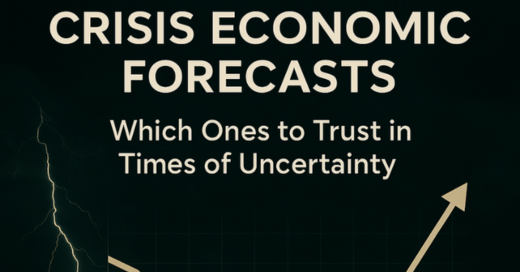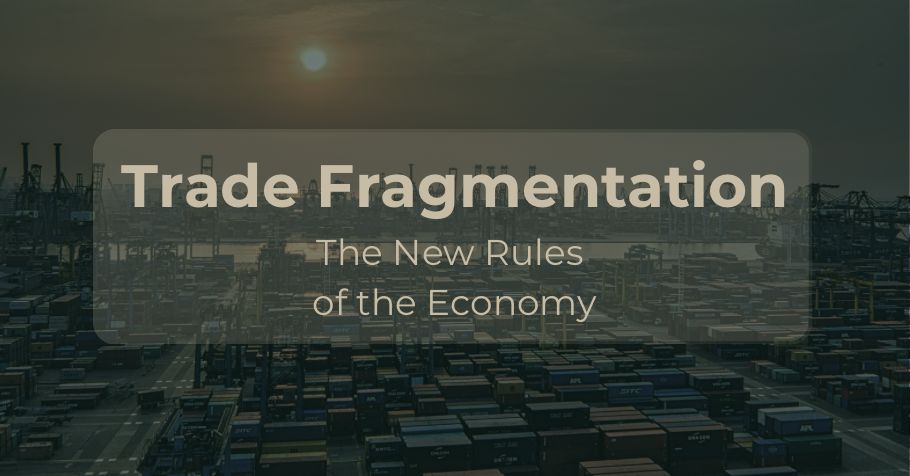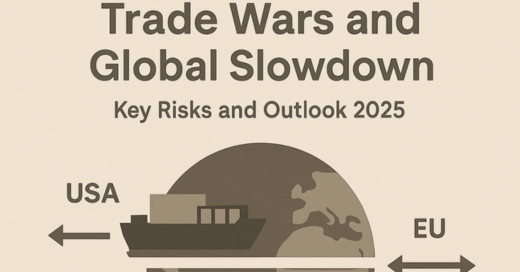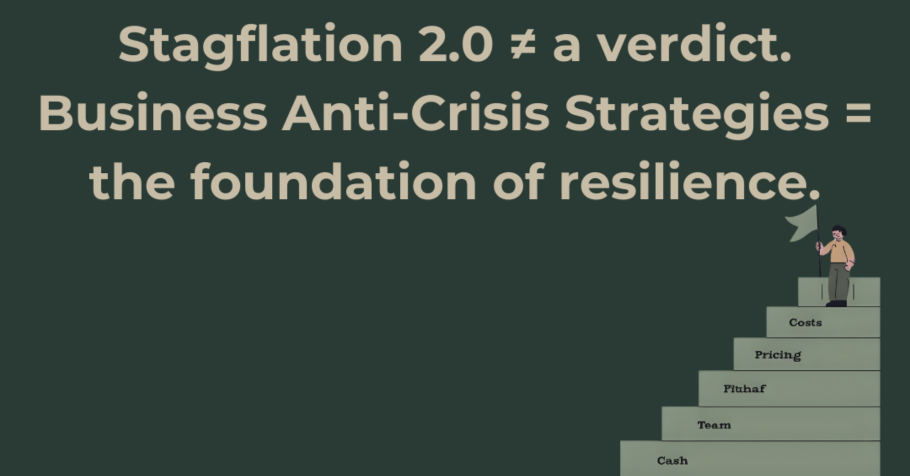Introduction: Why Crisis Economic Forecasts Are Both Valuable and Risky
During an economic downturn, uncertainty rises sharply. This may happen in a recession, during geopolitical turbulence, or in an industry-specific slowdown. People, companies, and governments often look for clear guidance. In such times, crisis economic forecasts can seem like a roadmap for strategy and resource allocation.
However, not all forecasts are equally reliable. Some rely on outdated data or flawed assumptions. Emotional reactions rather than facts influence others. As a result, poor forecasts can lead to misguided strategies, lost opportunities, and greater risks.
A recent survey in Germany shows the scale of the trust problem. Only 32% of citizens fully trust economic forecasts from politicians. For financial experts, the trust level falls to 29%. This highlights a growing scepticism toward traditional sources and explains why many are turning to independent and transparent analysis.
This article aims to help you distinguish reliable crisis economic forecasts from questionable ones — and to show how to apply them effectively in business decision-making.
Types of Crisis Economic Forecasts
1. Official Forecasts
These come from governments, national statistics offices, and global institutions such as the IMF or the World Bank.
Advantages: They utilise large datasets and proven methods, and benefit from strong institutional authority.
Drawbacks: They may be too general, politically influenced, or published too late.
For example, the IMF projects GDP growth in the eurozone at just 0.8% in 2024. This is far below previous years. As a result, it reflects the ongoing effects of inflation and geopolitical instability. Such numbers show why adaptive strategies based on reliable forecasts are essential.
2. Forecasts from Major Analytical Agencies and Banks
Banks and agencies like Goldman Sachs or J.P. Morgan offer deep expertise. They often provide detailed, market-specific insights.
Advantages: High-level analysis and strong research teams.
Drawbacks: Their perspective may favour specific sectors or client groups, which can introduce bias.
3. Forecasts from Consulting Firms
Consulting firms, including your own, create tailored forecasts. These adapt to a client’s market and respond quickly to changes.
Interestingly, the European management consulting market reached $47.4 billion in 2023. Despite economic challenges, the sector is still growing. This suggests that in times of crisis, companies seek more expert advice — not less.
4. Free or Informal Forecasts
These are common among bloggers, influencers, and “gurus” on social media.
Risks: Such forecasts often lack a solid analytical base. They may be emotionally biased or rely on questionable data. While they can be engaging, they are risky to follow without verification.
How to Assess the Quality of Crisis Economic Forecasts
1. Check the Author’s Credibility
Ask yourself: Who made the forecast? What is their track record? Have past predictions matched reality?
2. Look for Transparent Methodology
Reliable forecasts should explain their data sources. They should also describe how those data were processed. If methodology is unclear, that is a warning sign.
3. Assess the Timeframe
Short-term forecasts (three to six months) tend to be more accurate. Long-term forecasts are more uncertain, especially in volatile markets.
4. See if Scenarios Are Included
Good forecasts present several possible futures. These often include a baseline, an optimistic case, and a pessimistic case. This range shows that analysts have considered multiple factors.
5. Check for Accuracy Metrics
Professional crisis economic forecasts may include error measurements such as Mean Absolute Error (MAE) or Root Mean Square Error (RMSE). These metrics allow comparison between predicted and actual results.
6. Review Data Quality
Strong forecasts rely on complete, timely, and credible data. If inputs are weak, the estimates will be unreliable.
Applying Crisis Economic Forecasts in Business
Avoid Blind Acceptance
Forecasts are tools, not truths. They need to be adapted to the realities of your business.
Compare Multiple Sources
If independent sources agree, confidence rises. However, if forecasts differ greatly, uncertainty is high, and caution is advised.
Build Several Plans
Do not rely on a single projection. Instead, create several scenarios:
- Plan A: What to do if the forecast is correct.
- Plan B: How to Act If It Fails.
This ensures flexibility in decision-making.
Use Facts, Not Emotions
In a crisis, fear-driven choices can be damaging. Leaders should base decisions on facts and precise analysis.
Focus on High-Risk Areas
A European survey reveals where forecasts matter most:
- 66% of leaders see inflation as a top threat.
- 63% are concerned about geopolitical conflicts.
- 54% note a shortage of skilled workers.
These numbers show the importance of targeted crisis economic forecasts in managing key risks.
Apply Dynamic Models
Rolling forecasts, updated monthly or quarterly, are beneficial. They help businesses adjust strategies as new data emerges.
Trends, Causes, and Consequences in Crisis Economic Forecasting
Scenario Planning Gains Popularity
In May 2025, the IMF promoted a method combining statistical models with “narrative” scenarios. This Bayesian synthesis offers more flexible risk assessments.
Some Crises Can Be Predicted
Research from Harvard Business School (2021) found that rapid credit growth, combined with asset price increases, raises crisis risk. The probability can reach 40% within three years, compared to just 7% otherwise.
Accuracy Drops in Sharp Shocks
Forecasting models lose precision during sudden downturns or quick recoveries. This confirms the need for adaptable, data-driven methods.
Hybrid Methods Are on the Rise
Combining quantitative analysis with expert judgement is becoming a standard in crisis economic forecasts.
Looking Ahead: The Future of Crisis Economic Forecasts
- Broader Use of Hybrid and Scenario Methods
Analysts will increasingly use rapid-update systems and data from varied sources. - Data Quality as a Strategic Asset
Accuracy will depend heavily on timely and complete information. - Greater Transparency
More forecasts will include detailed methodology reports and historical accuracy checks. - Consulting Firms Will Gain Importance
Advisors who can adapt forecasts to client needs will be highly sought after.
Our expert guidance in business forecasting will help you identify and mitigate threats and transform external challenges into strategic opportunities. [Contact Us]
Conclusion: Consulting’s Role in Crisis Economic Forecasts
In uncertain times, crisis economic forecasts are vital. Yet they are only one part of the decision-making process. Their value depends on the data behind them, the methods used, and the scenarios considered.
Consulting firms offer more than predictions. They assess the reliability of forecasts, adapt them to client realities, and build multi-scenario strategies. As a result, they help businesses navigate crises with greater confidence and resilience.





